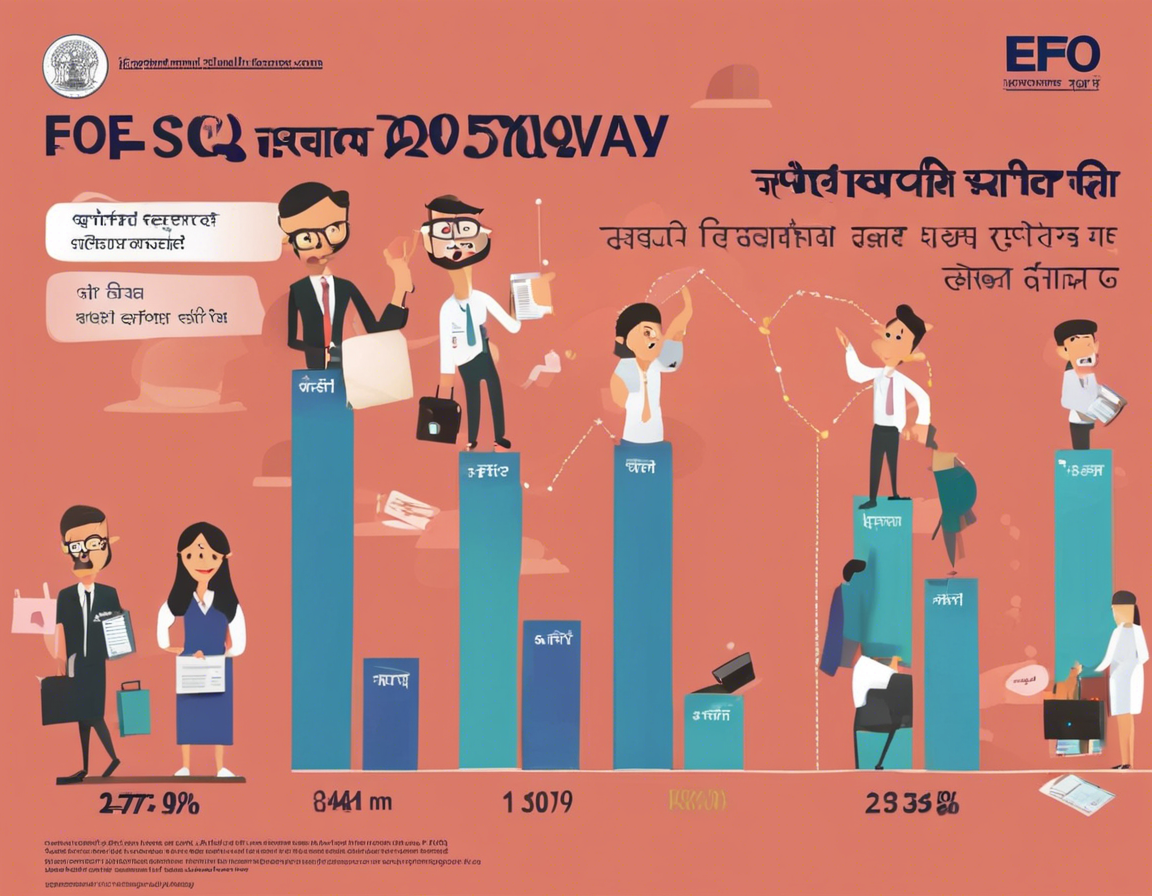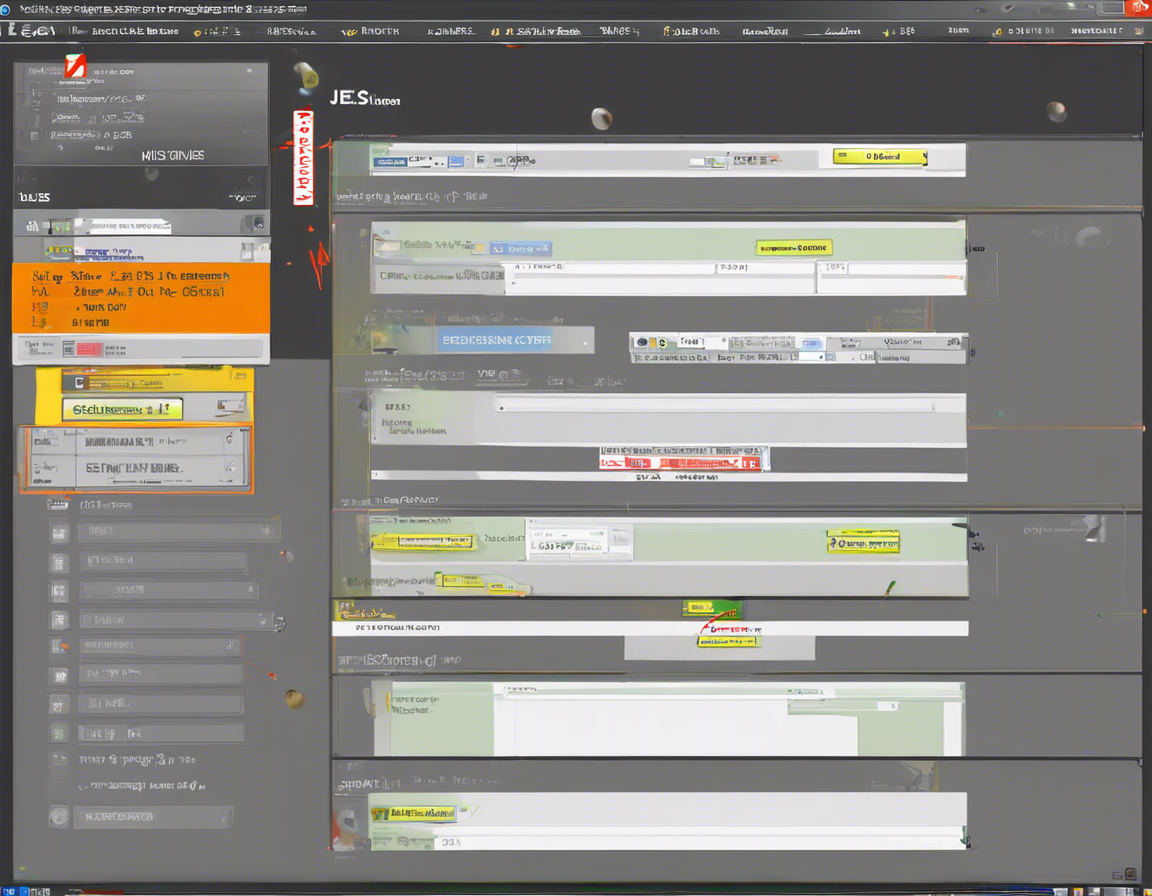The Employees’ Provident Fund Organisation (EPFO) survey, conducted annually, holds a treasury of insights and data trends that are crucial for understanding the dynamics of the workforce landscape in India. The survey covers a wide range of aspects related to employment, wages, benefits, and demographics, making it a valuable resource for policymakers, researchers, and businesses alike. In this blog post, we will delve into the key findings of the EPFO survey, highlight important trends, and explore the implications of the data for various stakeholders.
Understanding the EPFO Survey
The EPFO survey, conducted by the Labour Bureau of India, collects data from establishments covered under the EPFO scheme. It aims to provide comprehensive information on various dimensions of employment, including:
Employment Trends
The survey captures data on sectors with the highest employment growth, types of jobs created, and the overall employment scenario in the country.
Wage Patterns
Insights into wage trends, gender wage gap, regional variations in wages, and other related aspects are gathered through the survey.
Social Security Benefits
The EPFO survey assesses the coverage and effectiveness of social security benefits, such as provident fund contributions and pension schemes.
Demographics
Data on the demographic profile of the workforce, including age distribution, educational qualifications, and gender representation, is an important component of the survey.
Key Findings and Trends
1. Employment Growth
The EPFO survey reveals that sectors like IT, healthcare, and e-commerce have witnessed significant employment growth in recent years, while traditional sectors like agriculture and manufacturing have shown a slower pace of job creation.
2. Wage Disparities
Despite efforts to address wage disparities, the survey highlights that gender wage gap persists in many sectors, with women earning less than their male counterparts for similar roles.
3. Informal Sector
A considerable portion of India’s workforce is still engaged in the informal sector, lacking access to social security benefits and formal employment arrangements.
4. Regional Disparities
The survey underscores regional disparities in employment and wages, with states in the northern and western regions generally outperforming those in the eastern and northeastern parts of the country.
Implications for Stakeholders
1. Policymakers
The data from the EPFO survey can inform policymakers about the effectiveness of existing labor laws, the need for targeted interventions in certain sectors, and strategies to promote formal employment.
2. Businesses
For businesses, insights from the survey can help in workforce planning, identifying growth sectors for talent acquisition, and ensuring compliance with social security regulations.
3. Researchers
Researchers can use the EPFO survey data to conduct in-depth studies on various aspects of the labor market, including trends in employment, wages, and social security coverage.
Frequently Asked Questions (FAQs)
1. How is data collected for the EPFO survey?
Data for the EPFO survey is collected through a combination of online submissions by establishments covered under the EPFO scheme and physical surveys conducted by the Labour Bureau.
2. What is the significance of the EPFO survey for policymakers?
The EPFO survey provides policymakers with real-time data on employment trends, wage patterns, and social security coverage, helping them formulate evidence-based policies for the labor market.
3. How does the EPFO survey contribute to monitoring labor market dynamics?
By capturing data on a wide range of variables, including employment growth, wage trends, and demographic profiles, the EPFO survey offers a comprehensive view of the labor market dynamics in India.
4. Can businesses use EPFO survey data for benchmarking purposes?
Yes, businesses can leverage insights from the EPFO survey to benchmark their own workforce data against industry trends, identify areas for improvement, and align their practices with prevailing standards.
5. How can researchers access EPFO survey data for academic purposes?
Researchers can request access to EPFO survey data from the Labour Bureau or other authorized agencies by following the designated procedures for data sharing and academic research collaborations.



